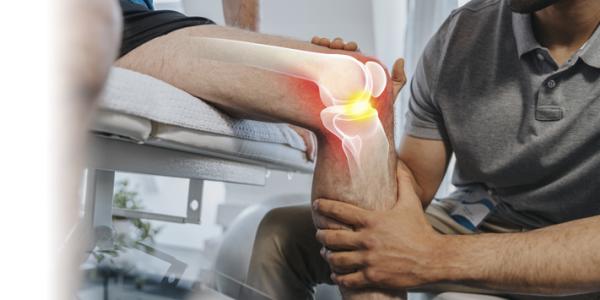


請點擊此轉換成中文
Unlike rheumatoid arthritis, which is an autoimmune disease, osteoarthritis is considered a 'wear and tear' disease. Osteoarthritis affects over 32.5 million US adults, making it far and away the most common form of arthritis in the world — and a leading cause of disability in the US. People tend to think of osteoarthritis symptoms as minor aches and pains, and just a simple fact of aging. The reality, however, is that it can appear as early as your 20s. It can make it difficult, and often impossible, to do the things you love. In fact, chronic pain associated with osteoarthritis is commonly associated with anxiety and depression.
Keep reading to learn everything you need to know about osteoarthritis and when you should consider visiting your doctor.
Cartilage is the firm tissue that enables your joints to move without friction or grinding. Eventually, if cartilage wears down, bone will rub on bone — and that's what osteoarthritis is. It affects the entire joint, causing changes in the bone and deterioration of the connective tissues that hold your joint together. This often causes inflammation and chronic pain, making it difficult to engage in everyday activities.
While osteoarthritis is not entirely preventable, there are several precautions that can be taken to reduce the risk of developing this 'wear and tear' disease, including frequent exercise, maintaining good posture and losing weight.
Osteoarthritis is a degenerative, 'wear and tear' disease that worsens over time. Symptoms are often rapid and can result in chronic pain. Joint pain and stiffness can become severe enough to make everyday tasks difficult. It's imperative that you act early to get the proper care.
Watch for these signs and symptoms osteoarthritis:
Make an appointment with your doctor if you are experiencing any of the following:
At El Camino Health, we offer seamless care, from diagnosis to treatment and rehabilitation. Click here to schedule an appointment today.
This article first appeared in the May 2022 edition of the HealthPerks newsletter.

Identify your risk factors and what to do if you are at risk.